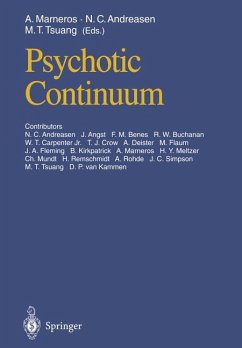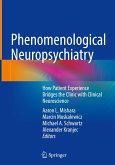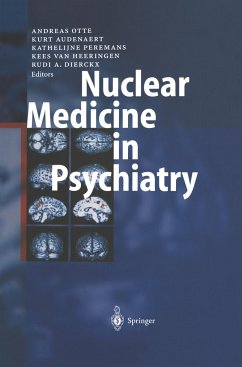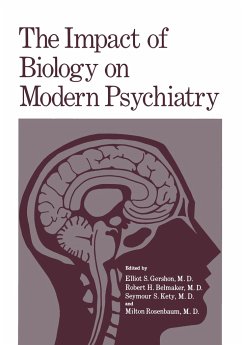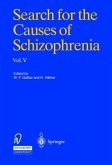One of the most important questions of our previous common volumes about affective, schizoaffective, and schizophrenic disorders was the question of what connects and what separates psychotic disorders (Marneros and Tsuang, Schizo affective Psychoses, Springer-Verlag, 1986; Marneros and Tsuang Affective and Schizoaffective Disorders, Springer-Verlag, 1990; Marneros, Andreasen, and Tsuang, Negative and Positive Schizophrenia, Springer-Verlag 1993). The boundaries between various psychotic disorders are not always clearly defined. Some groups of psychotic disorders, such as schizoaffective disorders and all the other "atypical" psychoses, occupy a position between "typical" mental disorders, such as schizophrenia, and affective disorders. The question is: Do psychotic disorders form a continuum, or are they, despite their unclear boundaries, distinct entities? On what basis should we assume there is a continuity of psychotic disorders? Solely symptomatology? Or perhaps also a continuity in genetic predispositions? Or in biological, pharmacological, and other dimensions? Is the old idea of "Einheitspsychose" (unitary psychosis) really always wrong? The contributions contained in this new volume cannot provide a definite answer to the above questions. But they try to describe some relevant aspects of the problem, and to give some partial answers. Halle-Wittenberg, Germany A. MARNEROS Brockton, USA M. T. TSUANG Iowa, USA N. C. ANDREASEN October 1994 Contents Part I Psychotic Continuum: An Introduction A. MARNEROS . . . . . . . . . . . . . . . . . . . . . . . . . . . . . . . . . . . . . . . . . . . . . . . . . . . 3 Psychotic Continuum or Distinct Entities: Perspectives from Psychopathology CH. MUNDT. . . . . . . . . . . . . . . . . . . . . . . . . . . . . . . . . . . . . .. . . . . . . . . . . . . . 7 Psychotic Continuum Under Longitudinal Considerations A. MARNEROS, A. ROHDE, and A. DEISTER. . . . . . . . . . . . . . . . . . . . . . . . . . 17 Psychotic Continuum or Distinct Entities: Perspective from Psychopharmacology H. Y. MELTZER. . . . . . . . . . . . . . . . . . . . . . . . . . . . . . . . . . . . . . . . . . . . . . . . .
Bitte wählen Sie Ihr Anliegen aus.
Rechnungen
Retourenschein anfordern
Bestellstatus
Storno

